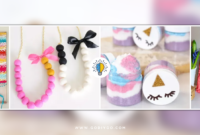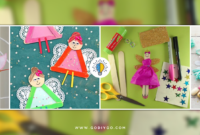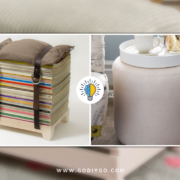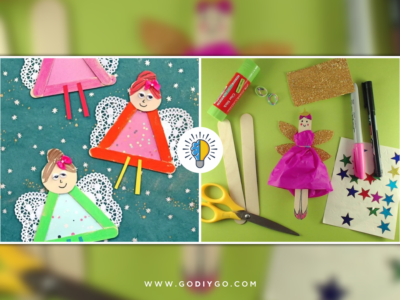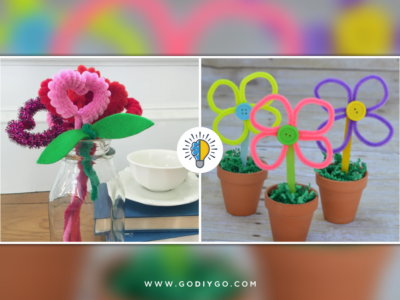Anyone who grew up watching the super chill Bob Ross patiently show viewers how to gently paint their days away will have wanted to pick up the hobby at some point. Even if you don’t possess professional aspirations, you probably considered painting as a way to unwind and engage with your creative sensibilities in your downtime. At the same time, you probably want to produce a semi-decent painting in your lifetime, if not to check off something from your bucket list then at least to decorate your walls.
All you need in order to make a pretty painting for you to look at are a few tools used by professionals. Here are a few of the top essentials to be on the lookout for.

1. Palette Knife
To bring up the Bob Ross example again, if you’ve ever watched an episode then you’re probably aware of how much he loved the palette knife. This little “knife” is used to create the sharp peaks of a mountain or the crashing waves of a riverbank. Yes, you can use little shards of plastic to swipe away at the paint however you like, but it won’t have the same weight or fluid design as a handy palette knife.
2. Brushes
The next step, of course, is to choose your brushes. Whether you choose to invest in misc or branded tools, make sure you purchase the kinds of brushes that will allow you to paint beautiful landscapes with relative ease. A script liner brush can help you add little wisps to the tops of trees, or highlight a few ocean waves. A fan brush can be used to add highlights to whatever you’re painting and is especially useful when creating clouds. Be sure you research the kinds of brushes that will allow you to make the sorts of canvases you’d like, and purchase accordingly.
3. Paint Thinner
If you’re mixing thin paint with thicker paint, you’ll notice that they stick together – and not in a cool way. To circumvent this, you would need to use paint thinner before applying highlights or even signing your finished painting, if that’s something you’d like to do. Also, paint thinner is used to clean brushes and your work area with ease. However, be sure to always purchase odorless paint thinner since the other stuff can be toxic, especially if you’re working indoors.
4. Canvas
Of course, a good canvas is an absolute basis for all of your work. You could use the standard 18” by 24” if you feel more confident in your capabilities, and be sure that it is a stretch and double primed canvas. Whatever you do, steer clear of canvas paper, since that is rather porous and does not work well enough on very wet paint.
If you paint with watercolors or prefer oil and acrylics, then the sort of canvas you invest in will vary, so always ask for advice before purchasing.

While you may feel a bit pretentious at first staring at a blank canvas in your apartment, attempting your first strokes with the brush, you’ll soon find that few things are as therapeutic as picking up a brush and paint. It will calm your nerves, give you some much-needed screen time, and give you a chance to be as calm and zen as Bob Ross himself.


